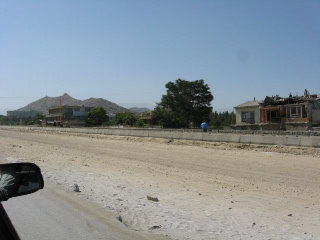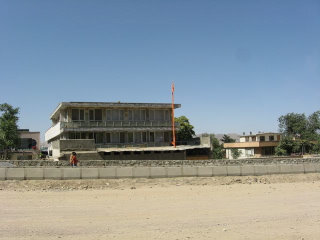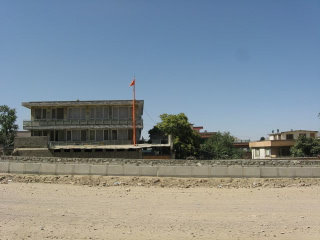|
Afghanistan SikhsAfghanistan Sikhs are still living and working in Afghanistan. A small remnant lives in Kabul City. There are 5 People groups known as Sikh: 1. Kandharis - Language:Kandhari (a dialict of Siraiki, mainly lived in Kandahar, later some moved to Kabul. 2. Kabulis - Language:Kabuli (a dialict of Punjabi), mainly lived in Kabul. Sindhis - Language:Sindhi, mainly lived in Kandahar 3.Sikhs - Language:Punjabi, mainly lived in Kabul 4. Punjabi - Language:Punjabi 5. Pashtun - Hindus living in other rural areas who spoke Pashtu. Afghanistan Sikhs have a temple in Karte Parwan known as Dharamsal. Here, due to the widening of the main road by the Intercontinental Hotel in the past year, buildings were torn down, revealing the Kabul Sikh Temple. 


Sikhs and Hindus share the Dharamsal temple for worship. They usually worship on Sundays. While the Hindus and Sikhs are often lumped together, we have chosen to write about them separately. While it is commonly reported that the British brought them to Afghanistan in the 19th century, there is an ancient Vedic history in Afghanistan as well. In their modern history, up until the war in the 1990's, they dominated the money bazaar and had thriving businesses. The main places Afghan Sikhs were found were in Kabul, Jalalabad, Ghazni, and Kandahar. There are still a few Sikh shop owners down on the corner at de Afghanan in Kabul City. Modern History of Afghan Sikhs In the early 1990s there were between 30,000 - 50,000 Hindus and Sikhs in Afghanistan. This is now down to about 1,000. Most fled in 1992 after after Hindu extremists destroyed the Babri Mosque in Ayodhya, in India. There were retaliatory attacks across India, Pakistan and Afghanistan. Attacks worsened when the Taliban came into power, and ethnic cleansing of the Sikhs by the Taliban increased dramatically. Almost the entire community fled Afghanistan entirely. Ancient History of Afghanistan Sikhs
Learn more about religions in Afghanistan Return from Afghanistan Sikhs to Home
|